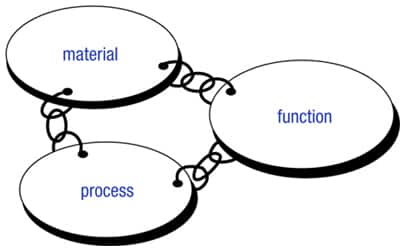
Not since the Chicago World’s Fair in 1893 when President Grover Cleveland pushed a button to light 100,000 incandescent lamps to create the “City of Light” has the lighting industry experienced the global attention that it has today. We have recently witnessed a Nobel Peace prize in Physics for LED lighting in recognition that LED lamps hold great promise for increasing the quality of life for over 1.5 billion people around the world who lack access to electricity grids. In addition, the United Nations has declared 2015 to be the International Year of Light to raise awareness of how light and optical technologies promote sustainable development and provide solutions to worldwide challenges in energy, education, agriculture, communications and health. These are momentous occasions, and they occur at a time when consumer awareness of LEDs has never been higher. However, as LEDs continue to become more mainstream and our industry garners more attention and recognition, this is leading to even higher expectations from us and the future of the lighting.
Though light bulbs and switches have historically represented the way most people think about lighting – a basic, mechanical tool that we use for illumination – the UN realized that lighting has become so much more. Driven by solid state lighting technology, lighting is on the cusp of playing an entirely new role in our lives. Though our industry’s relentless pursuit of energy efficiency has been quite successful, sustainability has become commoditized, and we’re already starting to feel the reality of diminishing returns. The rise of tunable color technology is an example of the added value we’re already seeing from SSL, but it is only a matter of time before it becomes a commodity as well.
The light quality and price of LED lamps have reached a point where these products have become a real alternative for consumers, who have never been more educated about the lighting choices available to them. As we continue to introduce a broader portfolio of LED products and innovative technology to the consumer market, adoption of these products will accelerate much faster as we approach the tipping point to SSL, creating exciting growth opportunities for LEDs in the consumer and commercial markets.
Above all, one thing is clear: the future of lighting is a bright one and we are certainly heading in the right direction. As we look ahead to 2015, we should not only be proud of our ability to adapt within our industry, we should ensure we’re thinking bigger than tunable light and energy efficiency. Light is getting smarter, and we need to start envisioning the opportunities that smarter lighting can offer as we mold it into our world and our lives. Today’s SSL innovations are already changing the way we work, shop, eat and live – tomorrow’s challenge will be to push the boundaries of our industry’s imagination in a way that is worthy of the UN’s global celebration of light and light-based technologies.


